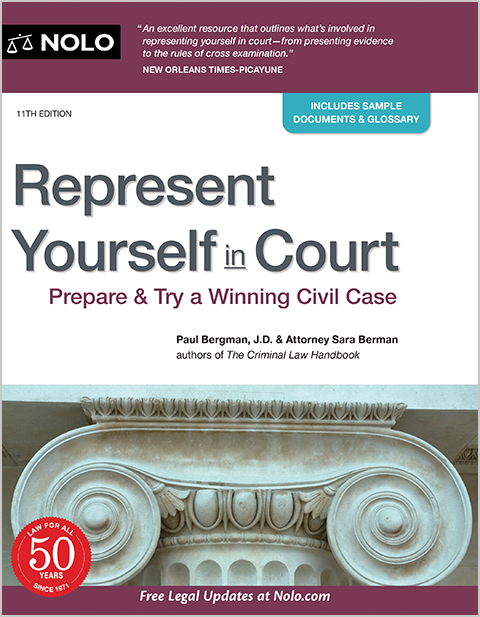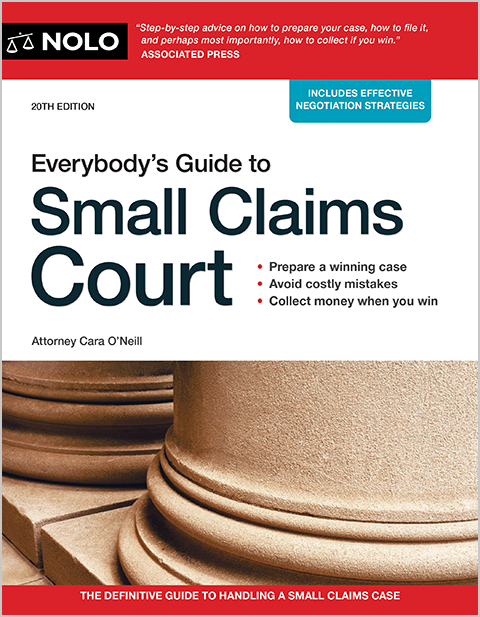Learn what a class action lawsuit is, what to expect in class action litigation, and the likelihood of a class action settlement.
Perhaps you've recently received a postcard or message containing a "Notice of Class Action Lawsuit" through the U.S. mail, via email, or both. If so, you're probably wondering what a "class action" is, how the type of legal proceedings described in the notice could affect you, and what you need to do next. Read on for the answers to these questions and a few more.
- What Is a "Class Action" Lawsuit?
- What Is the Purpose of a Class Action Lawsuit?
- What Is Class Action "Certification"?
- What Is Required to Certify a Class Action Case?
- Are Class Action Settlements Rare?
- What Does the Class Action Notice Need to Contain?
- What Do I Need to Do Now?
- What Is "Opting Out" of a Class Action?
- What If I Don't Receive Notice?
What Is a "Class Action" Lawsuit?
When many people, perhaps hundreds or even thousands, are negatively affected by the same harmful or otherwise unlawful action of the same person or organization, and if certain procedural requirements are met, those individuals can form a "class" of plaintiffs in one lawsuit (as opposed to filing hundreds or thousands of individual cases). This kind of lawsuit is called a "class action."
What Is the Purpose of a Class Action Lawsuit?
Class actions typically arise over defective products (including faulty vehicle components and prescription drugs), unfair business practices (including phone services and banking), and stockholder claims (including securities fraud). They may also be based on employment-related issues (including discrimination and wage/hour law disputes).
Usually, the people affected by the defendant's actions have suffered only minor financial damage, and they're usually unaware of what happened. That's why the Notice of Class Action is sent to anyone who may be impacted by the case.
What Is Class Action "Certification"?
For a class action to proceed, the class must be "certified" by demonstrating that a large group of people potentially suffered the same harm type. This is an important step because establishing this to the court's satisfaction is often the most difficult hurdle of the case.
What Is Required to Certify a Class Action Case?
The certification procedure differs slightly between the federal system and the different states' rules, but many states follow what is set out in the Federal Rules of Civil Procedure (FRCP), which says:
- There must be so many potential claimants that it is "impracticable" to join them all in one lawsuit.
- There must be common "questions of law or fact" across all cases based on the same problem or wrongdoing.
- The named plaintiffs (class representatives) have the same claims as all others in the class, and any defenses to those claims would be the same (or very similar).
- The class representatives will provide fair and adequate protection for the class. (Here, the law firm representing the class will be under the microscope, especially regarding how the lawyers will be paid.)
Are Class Action Settlements Rare?
Not once the class is certified. If a case proceeds past the class certification stage, the parties typically begin negotiation in earnest. Once the high standard of demonstrating a common wrongdoing is met, few debatable issues remain except the amount of harm, leaving no real benefit to further litigation.
What Does the Class Action Notice Need to Contain?
Once a class action has been filed, the parties and the court will work to identify all individuals who may be included in the "class" and will make a reasonable effort to notify each class member of the existence of the legal action.
The specifics of what must be included in the notice depend on where the case has been filed. Procedural rules for class action lawsuits and settlements differ slightly among the federal system and the different states, but since many state procedural rules for class actions largely mirror what is set out in the federal procedural rules, we'll discuss the "notice of class action" requirement in the context of the Federal Rules of Civil Procedure.
According to Federal Rule of Civil Procedure 23, for most kinds of class action lawsuits, the court must ensure that class members receive the most effective notice practicable, including individual notice to any member who can be identified through reasonable effort.
According to FRCP 23, this notice must "clearly and concisely state in plain, easily understood language" certain key information, including the nature of the case (and the specific allegations against the defendant), the right to "opt out" of the class, and the binding effect that any settlement or judgment will have on each member of the class.
What Do I Need to Do Now?
If you receive a Notice of Class Action Lawsuit, in most instances, the answer to this question is "Nothing." By receiving the Notice, you've already been identified as belonging to the class of individuals who are included in the lawsuit, and that means you'll receive a Notice of Settlement of a Class Action if the parties agree to settle, and you'll be entitled to your portion of whatever relief is agreed upon.
What Is "Opting Out" of a Class Action?
As mentioned above, the Notice of Class Action Lawsuit must typically inform you of your right to ask the court for exclusion from the class (this is called the right to "opt out").
Opting out of the class means you won't be a part of the class action, meaning you won't take part in any settlement that's agreed upon. You also won't be subject to any other resolution of the class action—if it's dismissed, for example—and you'll be free to file your own lawsuit against the defendant.
What If I Don't Receive Notice?
If you think you've been overlooked as a potential class member in a class action, the best thing to do is check the legal notices in your local newspaper. You can also search online for an existing class. Just type in a few words describing the potential case, followed by the term "class action." For example, you might type "defective Acme anvil class action."
Usually, you'll find a website dedicated to any existing class action, or at the very least, you'll find the names of the attorneys in charge of the suit. You can then contact the firm (or firms) and inquire about the case status.
- What Is a "Class Action" Lawsuit?
- What Is the Purpose of a Class Action Lawsuit?
- What Is Class Action "Certification"?
- What Is Required to Certify a Class Action Case?
- Are Class Action Settlements Rare?
- What Does the Class Action Notice Need to Contain?
- What Do I Need to Do Now?
- What Is "Opting Out" of a Class Action?
- What If I Don’t Receive Notice?



